Schistidium streptophyllum: The Curly-Leaved Moss of the Grimmiaceae Family
Affiliate Disclaimer: As an affiliate, we may earn a small commission when you make a purchase from any of the links on this page at no additional cost to you!
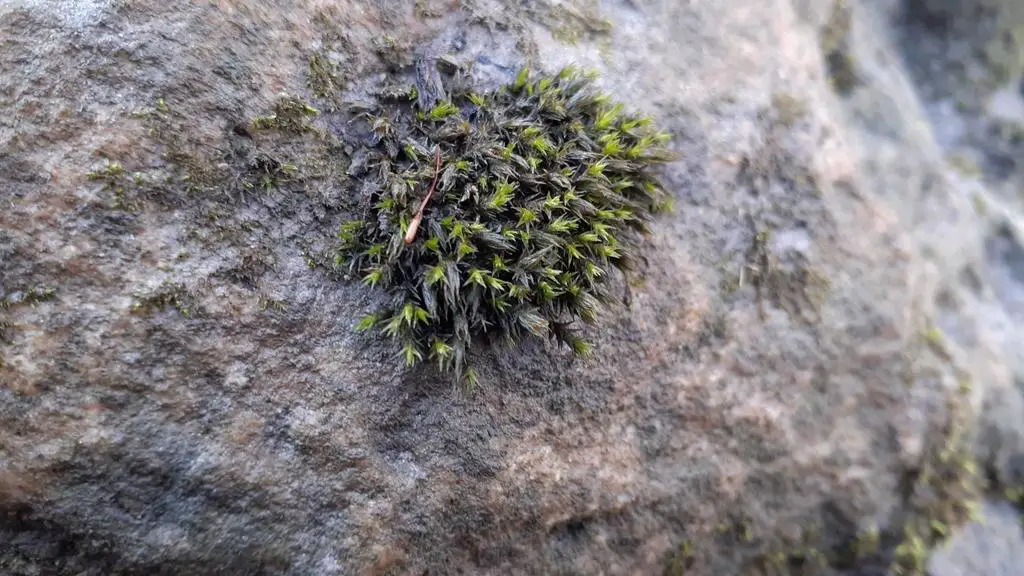
large.jpeg from: https://www.inaturalist.org/observations/38738653
Schistidium streptophyllum: The Curly-Leaved Moss of the Grimmiaceae Family
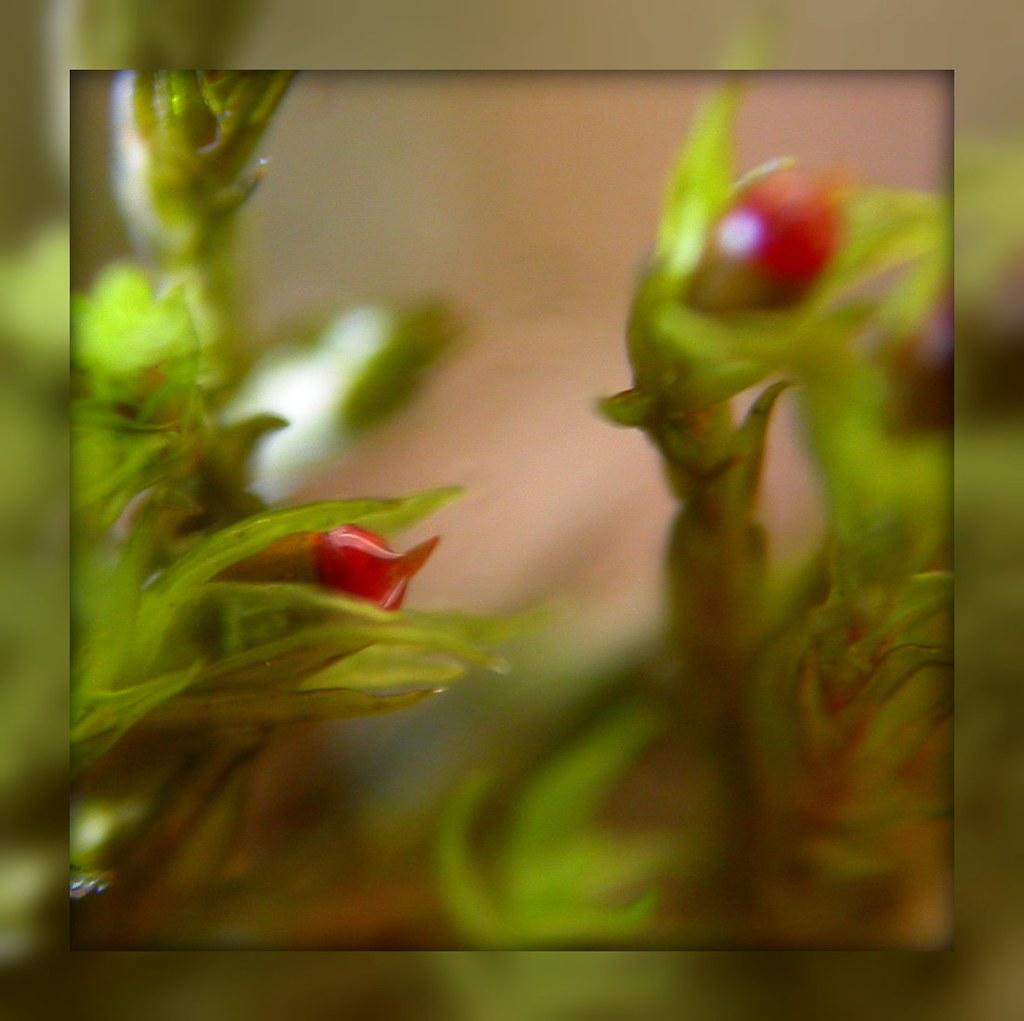
5489060917_36f47ea6db_b.jpg from: https://www.flickr.com/photos/41066614@N05/5489060917/
Introduction
Schistidium streptophyllum (Sull.) Herzog
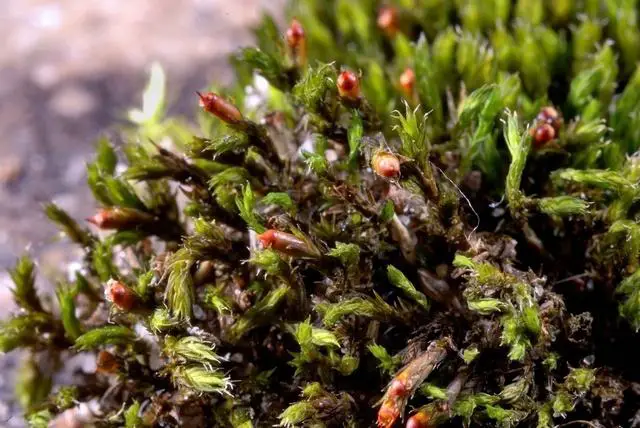
large.jpg from: https://www.inaturalist.org/guide_taxa/225523
is a fascinating species of moss belonging to the Grimmiaceae family. Commonly known as Schistidium, this small but mighty bryophyte plays important ecological roles and exhibits unique adaptations. In this blog post, we’ll dive into the world of Schistidium streptophyllum and explore its morphology, distribution, habitat, and ecological significance.
Background
Mosses are non-vascular plants belonging to the division Bryophyta and class Bryopsida. They lack true roots, stems, and leaves, instead possessing simple structures that perform similar functions. The Grimmiaceae family, to which Schistidium streptophyllum belongs, is known for its resilience and ability to thrive in harsh environments.
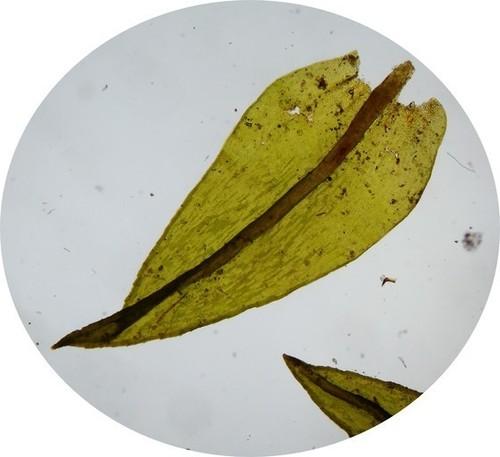
medium.jpg from: https://www.inaturalist.org/taxa/156230-Schistidium
Morphology and Identification
Schistidium streptophyllum is a small, cushion-forming moss with tightly curled leaves when dry, giving it a distinctive appearance. The leaves are lanceolate to ovate-lanceolate in shape and have a strong costa (midrib) that extends to the apex. The leaf margins are entire and often recurved. Capsules are
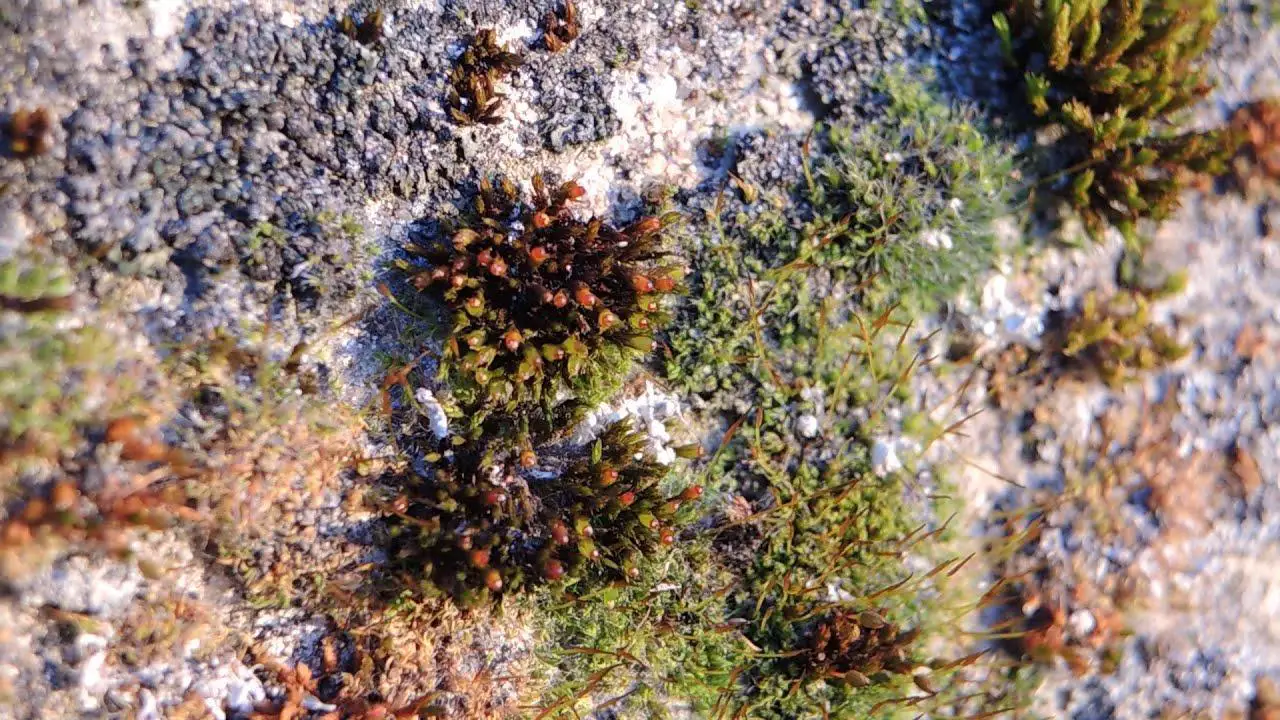
maxresdefault.jpg from: https://www.youtube.com/watch?v=8wTc5lfxyHM
immersed to emergent and have a peristome of 16 teeth.
Global Distribution and Habitat
Schistidium streptophyllum has a wide distribution, found in Europe, North America, South America, Asia, Africa, and Australia. It grows on rocks, boulders, and cliff faces in a variety of habitats, including montane, subalpine, and alpine regions. This moss is well-adapted to dry and exposed conditions, often forming extensive mats on sun-exposed surfaces.
Ecological Roles and Adaptations
Schistidium streptophyllum plays crucial roles in its ecosystems:
- Soil stabilization: The dense mats formed by this moss help prevent soil erosion and stabilize rocky surfaces.
- Water retention: Like other mosses, Schistidium streptophyllum can absorb and retain water, contributing to local humidity and providing moisture for other organisms.
- Habitat provision: The mats of Schistidium streptophyllum offer shelter and microhabitats for various invertebrates and microorganisms.
To thrive in harsh environments, Schistidium streptophyllum has developed several adaptations:
- Desiccation tolerance: This moss can withstand prolonged periods of dryness by curling its leaves to minimize water loss.
- UV resistance: The dense cushions and protective pigments help shield the moss from intense UV radiation at high altitudes.
- Nutrient acquisition: Schistidium streptophyllum can efficiently capture and utilize nutrients from rainwater, dust, and rock surfaces.
| Characteristic | Description |
|---|---|
| Family | Grimmiaceae |
| Genus | Schistidium |
| Species | S. streptophyllum |
| Leaf shape | Lanceolate to ovate-lanceolate |
| Leaf margin | Entire, often recurved |
| Costa | Strong, extending to apex |
| Capsule position | Immersed to emergent |
| Peristome teeth | 16 |
Conclusion
Schistidium streptophyllum (Sull.) Herzog is a remarkable moss species that thrives in challenging environments across the globe. Its unique morphology, ecological roles, and adaptations make it a fascinating subject for bryologists and nature enthusiasts alike. The next time you find yourself in a rocky, montane habitat, keep an eye out for the curly-leaved mats of Schistidium streptophyllum and appreciate the resilience and beauty of this tiny but mighty plant. What other secrets might these ancient bryophytes hold?
